Künstlerräume II
30 Jun - 02 Sep 2017
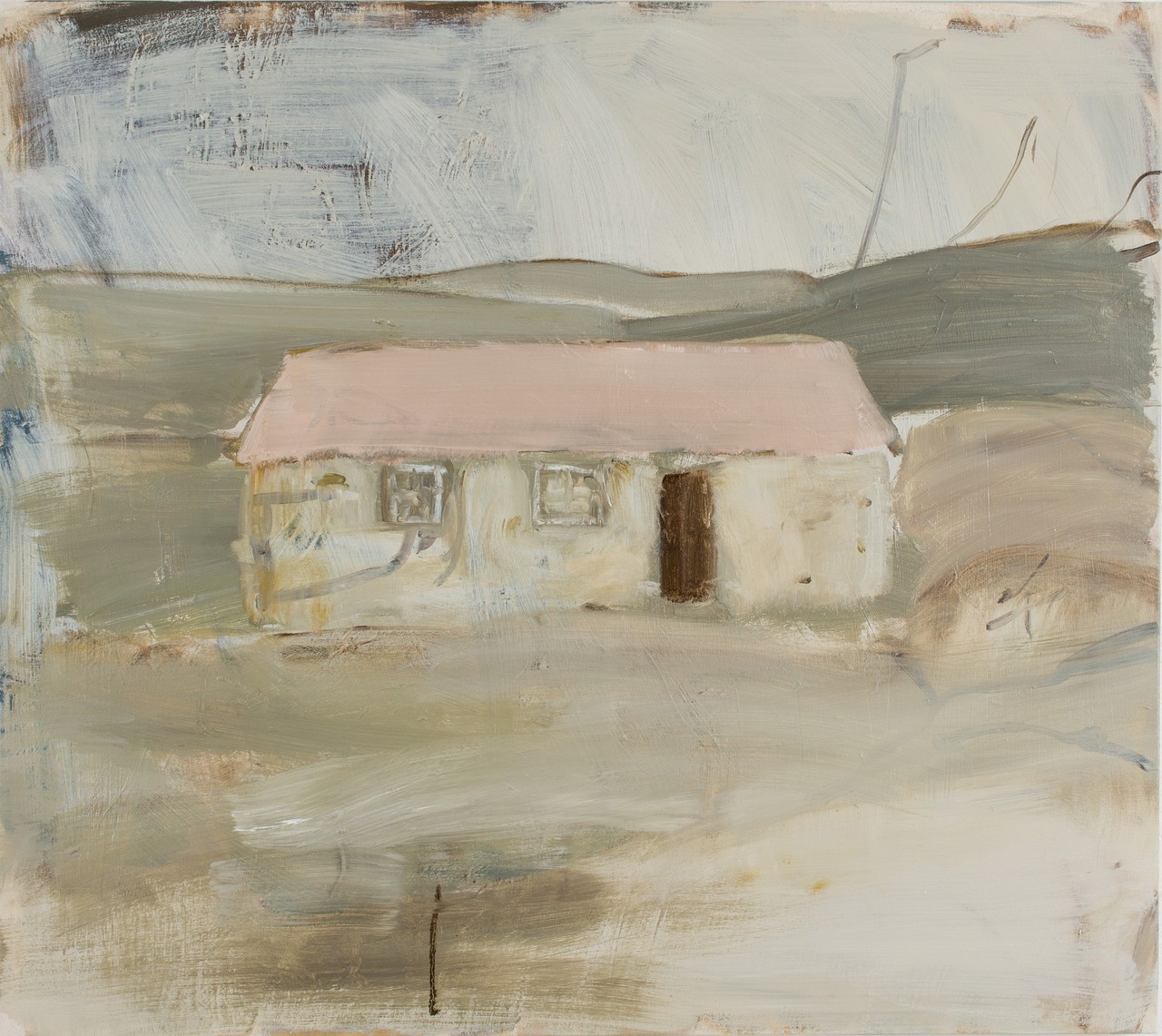
Gideon Rubin, Untitled (Pink Roof)
2015
Oil on canvas
90,5 x 102 cm
© and Photo: Gideon Rubin Studio
Courtesy Galerie Karsten Greve
2015
Oil on canvas
90,5 x 102 cm
© and Photo: Gideon Rubin Studio
Courtesy Galerie Karsten Greve
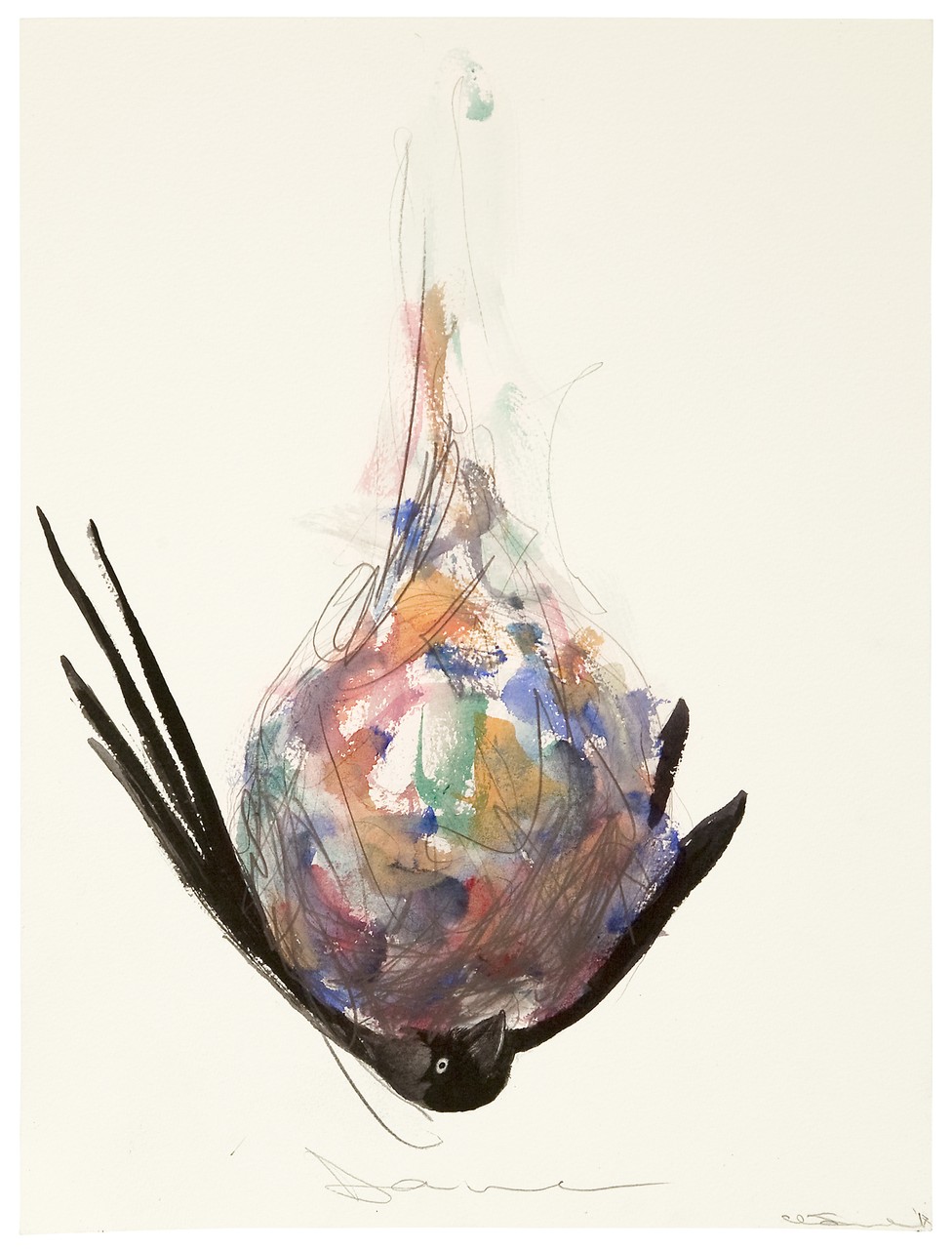
Claire Morgan
Downer
2017
Pencil and watercolor on paper
37 x 28 cm
© Claire Morgan
Courtesy Galerie Karsten Greve
Downer
2017
Pencil and watercolor on paper
37 x 28 cm
© Claire Morgan
Courtesy Galerie Karsten Greve
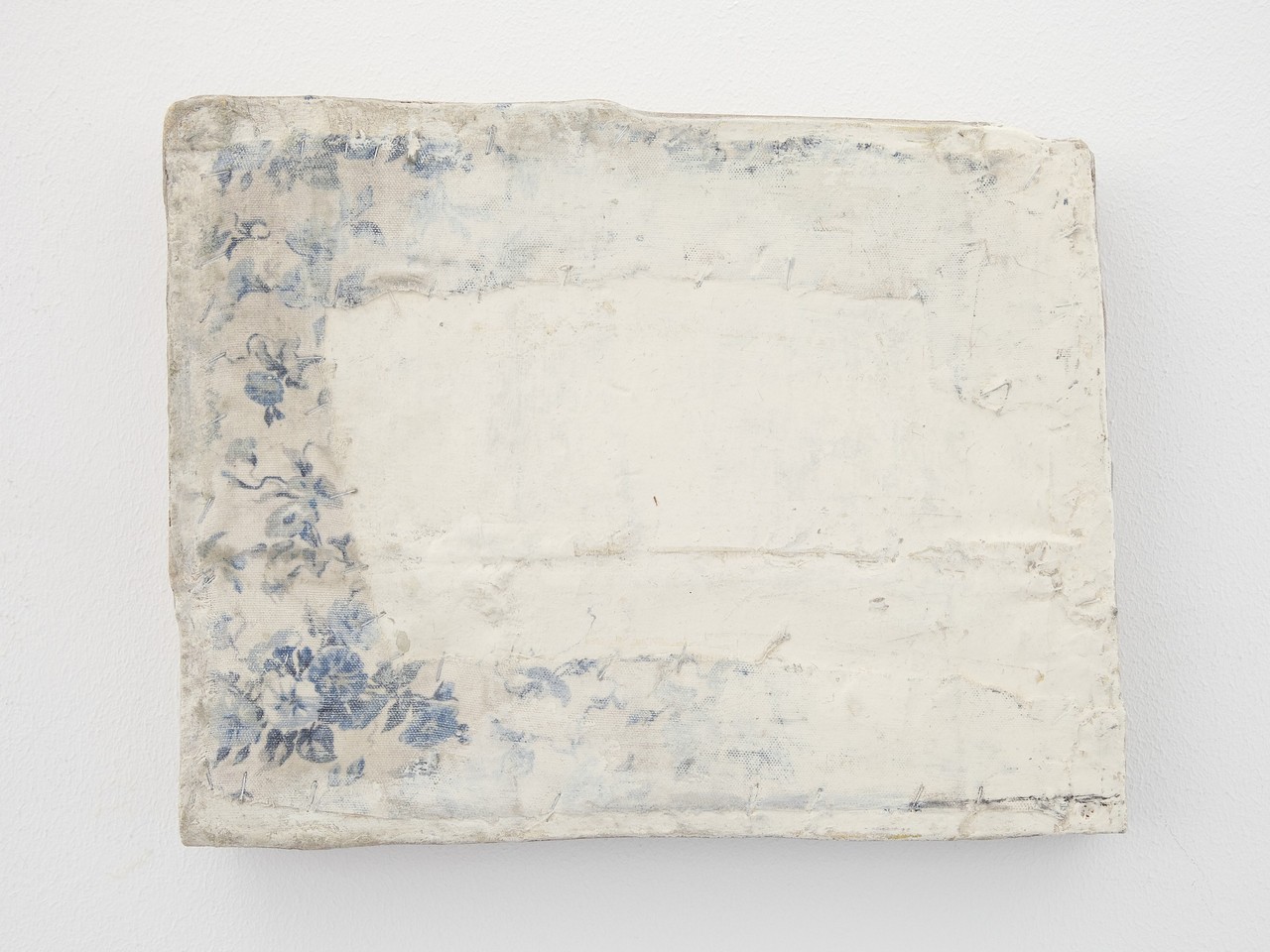
Lawrence Carroll
Untitled
2013
Oil, wax and canvas on wood
29 x 36,4 x 5,5 cm
© Lawrence Carroll Studio
Courtesy Galerie Karsten Greve
Untitled
2013
Oil, wax and canvas on wood
29 x 36,4 x 5,5 cm
© Lawrence Carroll Studio
Courtesy Galerie Karsten Greve
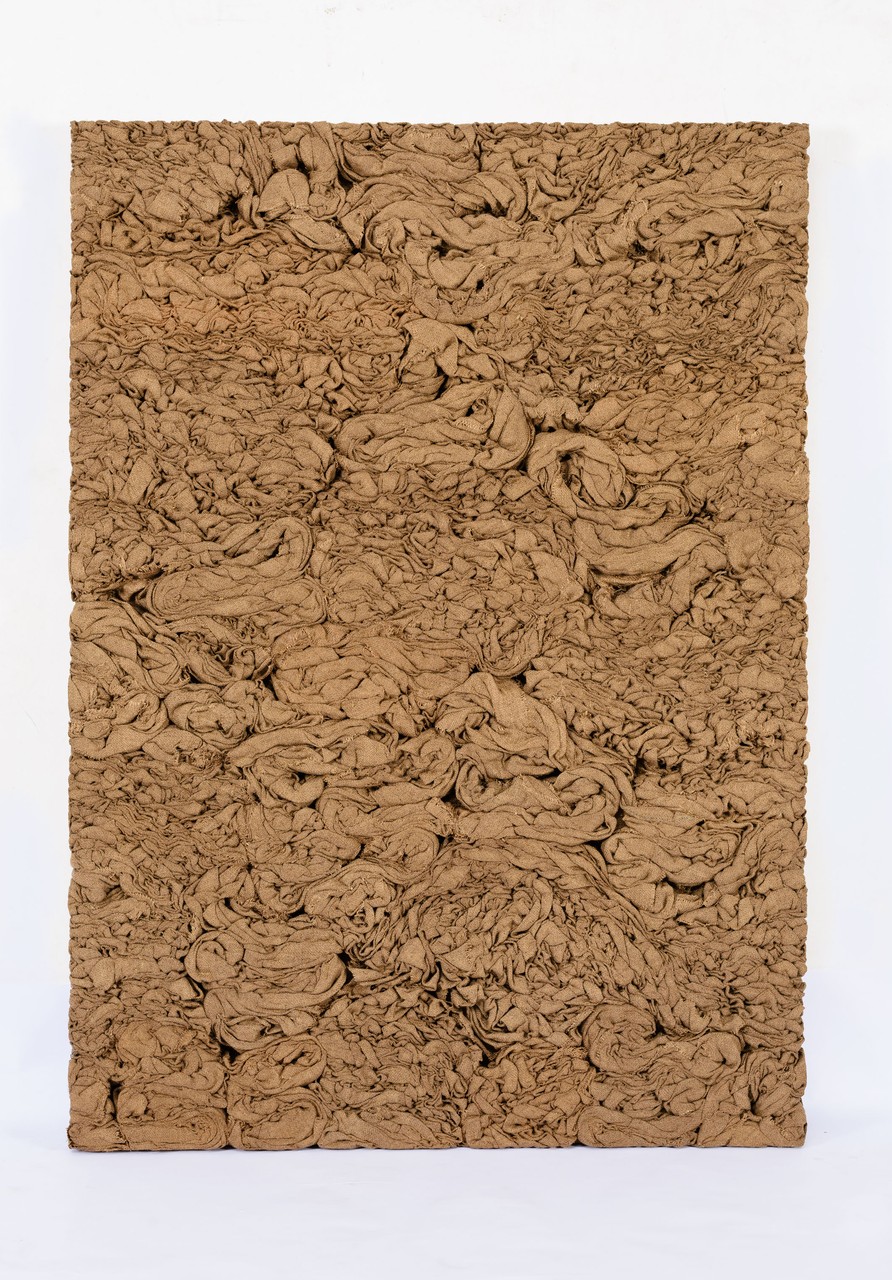
Manish Nai
Untitled II
2016
Jute on wood
137 x 99 x 5 cm
© and Photo: Manish Nai Studio
Courtesy Galerie Karsten Greve
Untitled II
2016
Jute on wood
137 x 99 x 5 cm
© and Photo: Manish Nai Studio
Courtesy Galerie Karsten Greve
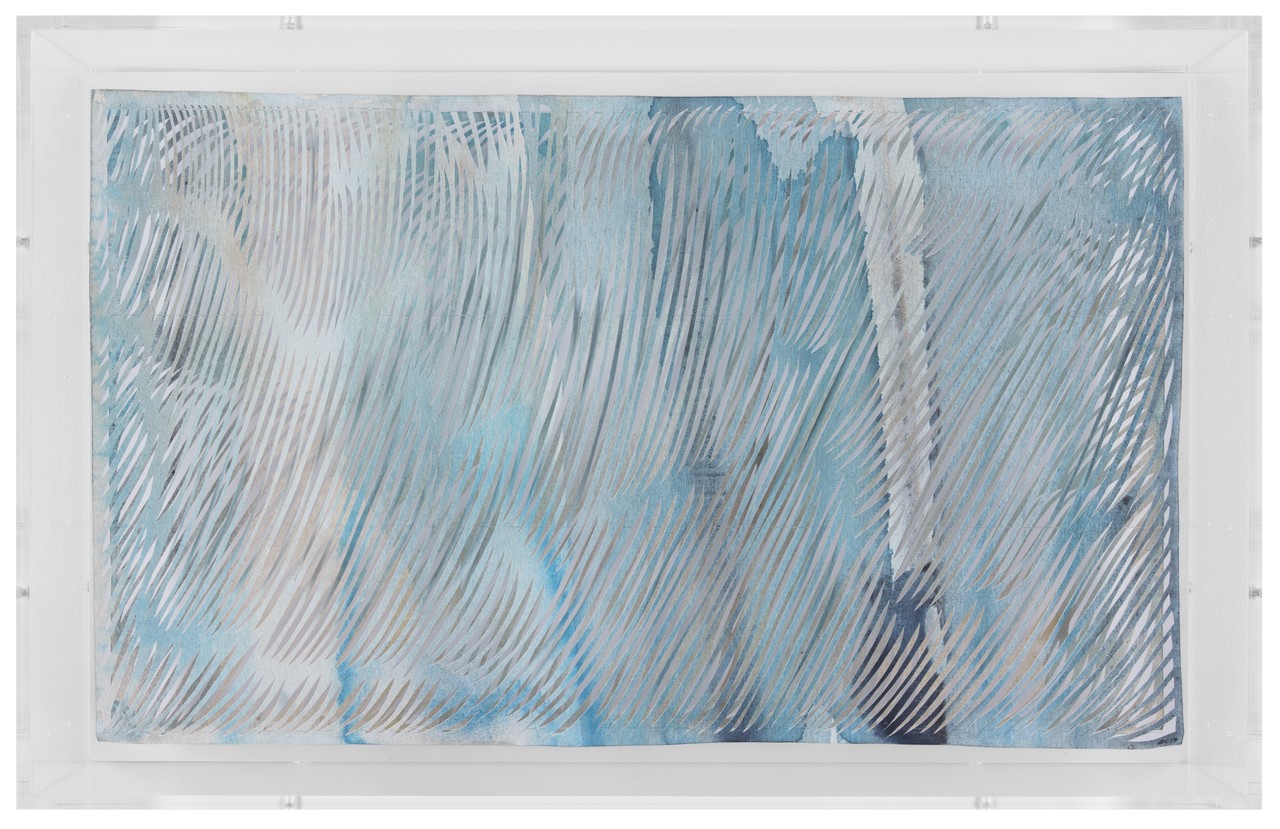
Georgia Russell
Cobalt Screen
2017
Acrylic on canvas, plexiglass
38 x 60 x 11 cm
© Georgia Russell
Courtesy Galerie Karsten Greve
Cobalt Screen
2017
Acrylic on canvas, plexiglass
38 x 60 x 11 cm
© Georgia Russell
Courtesy Galerie Karsten Greve

Norbert Prangenberg
Untitled
1983
circular cuts, charcoal and wax chalk on transparent paper
185 x 155 cm
© Estate Norbert Prangenberg
Courtesy Galerie Karsten Greve
Photo: Jürgen Seidel, Bonn
Untitled
1983
circular cuts, charcoal and wax chalk on transparent paper
185 x 155 cm
© Estate Norbert Prangenberg
Courtesy Galerie Karsten Greve
Photo: Jürgen Seidel, Bonn

Pierrette Bloch
Untitled
1994
Ink on paper
65 x 50 cm
© and Photo: Pierrette Bloch Studio
Courtesy Galerie Karsten Greve
Untitled
1994
Ink on paper
65 x 50 cm
© and Photo: Pierrette Bloch Studio
Courtesy Galerie Karsten Greve
Galerie Karsten Greve is pleased to announce its show Künstlerräume II, an exhibition presenting eight artists within a diverse parcours, showcasing their distinct formal and substantial qualities. The eight areas created within the gallery space, each dedicated to the works of one artist, do not - as one would assume - amount to hermetically sealed units, but rather – through constant changes in perspective and shifting vistas – present the spectator with intriguing individual positions as well as associative realms in which correspondences and analogies are foregrounded. The spectator embarks on a journey, his perception evolving with every destination, as memories and experiences from the past - if only a few steps behind - influence the immediate impression and make it resonate with sensations of familiarity and strangeness. One is struck with a sense of amazement when first laying eyes upon the works of Georgia Russell. Armed with a surgical knife and her ingenious cutting technique, Russell transforms old books, photographs but also painted canvases into oscillating, vibrantly coloured sculptural objects. Led by her intuition and driven by a desire to reveal the narrative embedded within the found material she is working with, the artist uses the scalpel as a drawing instrument, uncovering a secret, essential core, accessible only to a heightened sensibility. In her more recent works, Russell layers sheets of coloured canvas on top of each other, creating a structure in which the delicate spaces transform into an iridescent composition, the synergy of materiality and empty space, interior and exterior reminiscent of the ambience and alternating influx of light in impressionist paintings. In contrast to the ephemeral quality of Russell’s works, the “painterly constructions” of Lawrence Carroll – bearing traits of both paintings and sculptures - exude a more subdued sense of monumentality. By integrating objects into their base or surface, Carroll is able to rupture the parchment-like, leathery exterior while simultaneously reassembling it, or, as he himself describes the process, “repairing” it. An overall waxen patina is pure painting, although the surface effect resembles traces of deterioration and decay, thus becoming an expression of historicity and evanescence. By incorporating everyday objects such as worn-out shoes, dry flowers or strips of fabric in to the works, a modern day memento mori emerges.In a more conservational sense, the works of Claire Morgan, which dramatically stage interactions between animals and nature, embody a different type of memorial. The rendition of nature Morgan depicts is strongly shaped by her environmental consciousness, critical of the reckless manner with which humanity exploits the earth’s natural resources. I explore situations in which nature is faced with man-made challenges as well as the environmental footprint we create. (Morgan) In her ethereal installations, Morgan creates scenarios in which taxidermied animal bodies – sunken into a gentle, motionless slumber – find themselves at the core of polygons and orbs, engulfed by symmetrical, semi-architectural structures, calculated with mathematical precision. These arise from the intricate webbings of translucent and seemingly weightless dandelion seeds, fruit flies or small shreds of polyethylene that the artist strings up onto delicate nylon threads, installing these fragile cages or spheres by suspending them in mid-air. The protagonists in Gideon Rubin‘s paintings and works on paper are “faceless”. Instead of containing physiognomic traits, the face proves to be a blank space. Rubin uses family photographs from the early 20th century, magazine images of celebrities as well as old master paintings as a default for his portraits and scenic compositions. Rubin’s figures provide a surface for projection and are testament to his quest for general narratives, in which the individual vanquishes in favour of the supra-individual, transcending the singular and opening up to universality. The more trivial the scene, the better. I am not interested in the individual; in fact, I prefer not to discover any personal detail. Using old anonymous photographs enables me to vicariously relate or empathise, tracing the past or revealing past narratives. (Rubin) Pierrette Blochs pulsating, minimalistic marks are filled with profound artistic expression, particularly visible in her in-depth exploration of the line. Using collage, ink on paper, sheets of hardboard, rope and horsehair, Bloch develops her own personal, reduced yet highly nuanced visual articulation – made up of dots, lines and dashes. Through alternating these primary elements and leveraging the contrasting qualities of black and white, Bloch explores the interaction of the void with the saturated space, the ‘interval’. Bloch adds rhythm to her works through pauses, repetitions and interruptions, in which a stroke of ink or braided horsehair, akin to the lines on music paper, is in horizontal alignment. Matthias Weischers’ depictions eloquently navigate the space between abstract and figurative painting. Works created before 2007 often depict stage-like, deserted interiors from peculiar perspectives, distorted through abstruse elements. Collaged fragments take on the function of quotes, staging complex, ambiguous interactions among them. After spending time in the Roman Villa Massimo in 2007 as part of a scholarship, Weischer chose to dedicate his attention predominantly to the observation of nature in his works on paper. His then fabricated interiors began to slowly give way to a more open spatial experience in smaller formats and brighter hues, natural and artificial elements amalgamating as fictitious and real spaces bleed into one another. Norbert Prangenberg refers to his three-dimensional works as Figuren (figures), while he calls his drawings and paintings Bilder (paintings). Prangenberg’s oeuvre represents an integrated conflation of craftsmanship and art as well as the permeability of different media. This holistic approach, rooted in his training as a goldsmith and designer for glass manufactures, is illustrated in the way Prangenberg’s Figuren and Bilder interact with one another. Rising from a painterly impetus, the Figuren exhibited in Künstlerräume II can be considered both sculptural paintings as well as painterly sculptures. Resulting from an unexpected creative impulse, Prangenberg generates his vocabulary from rudimentary geometric shapes such as the circle, diamond, triangle, oval and square –building blocks that in constant repetition and spatial alteration reappear in the shape of an orb, polyhedral, pyramid and cube, becoming a representation of the corporeal within space. Burlap is at the basis of the artistic output of Manish Nai, a material that is not only closely related to his Indian heritage but also bears a strong connection with his upbringing. When his father ́s textile business declined, mountains of burlap began piling up in his childhood home. This immediate and painful experience of failure provided the impetus for the young artist - who initially studied painting – to turn to leftover, cheap fabrics of everyday use such as linen and cloth but also old newspapers, to create his works. Burlap in particular is ubiquitous in India, used to wrap goods, line interiors but also as the repository for many nomadic labourers. Inspired by the stripped-down nature of minimalist art, Nai’s works are not a representation but rather genuine expression of undisguised materiality. The artist embraces signs of deterioration and waste to paint a „portrait of city in her worn-out clothes.” Using pressed thread and folds, partially decomposed billboards, uneven imprints in cement walls, cuts and scratches on cardboard surfaces, it is the „coincidental emergences in everyday life, the small surprises within the ordinary”, Manish Nai is interested in.In addition to the artists featured in Künstlerräume II, works by Robert Polidori, Mimmo Jodice, Sergio Vega, Yiorgos Kordakis, Paco Knöller and Leiko Ikemura are on display in the gallery’s Wallrafplatz 3 exhibition space.
